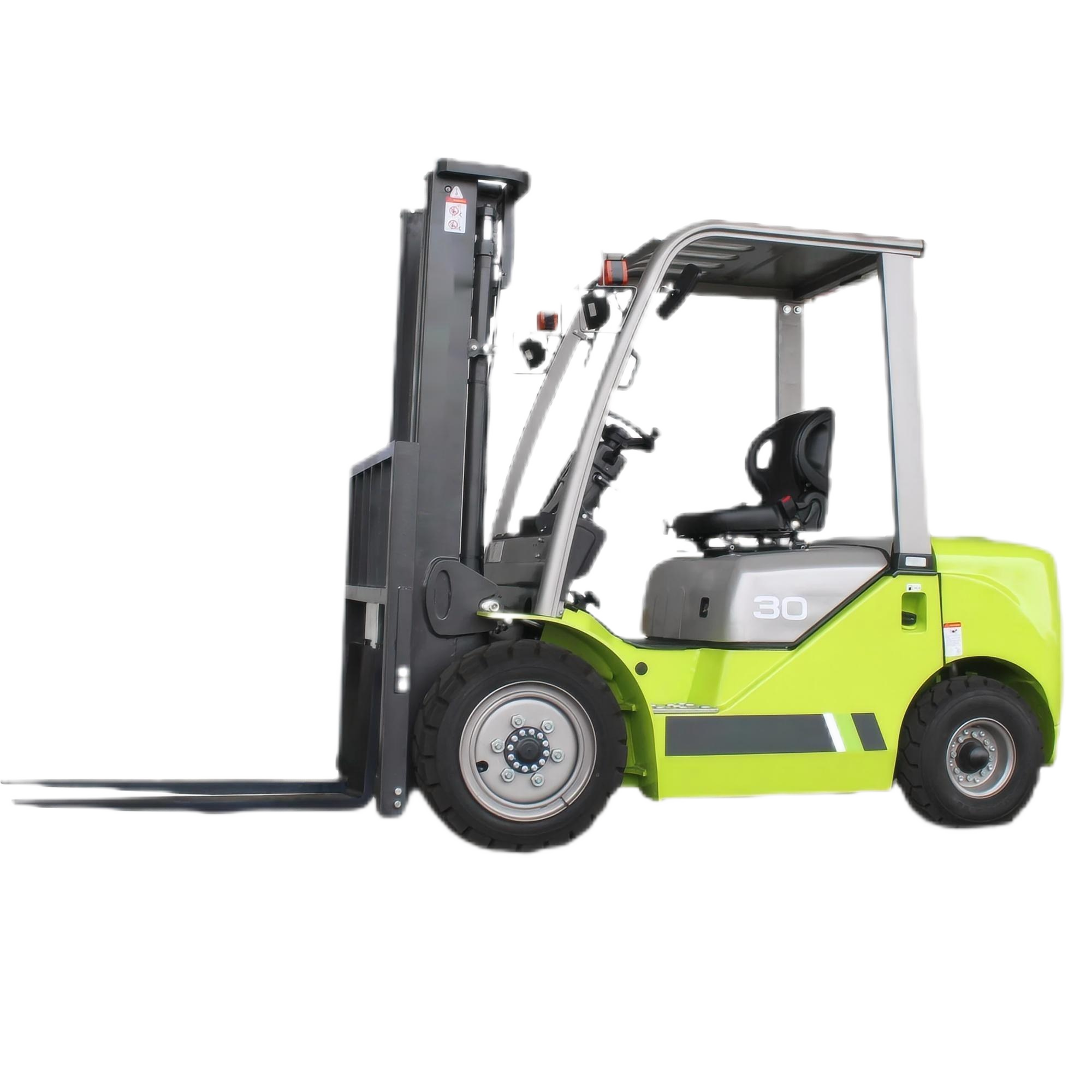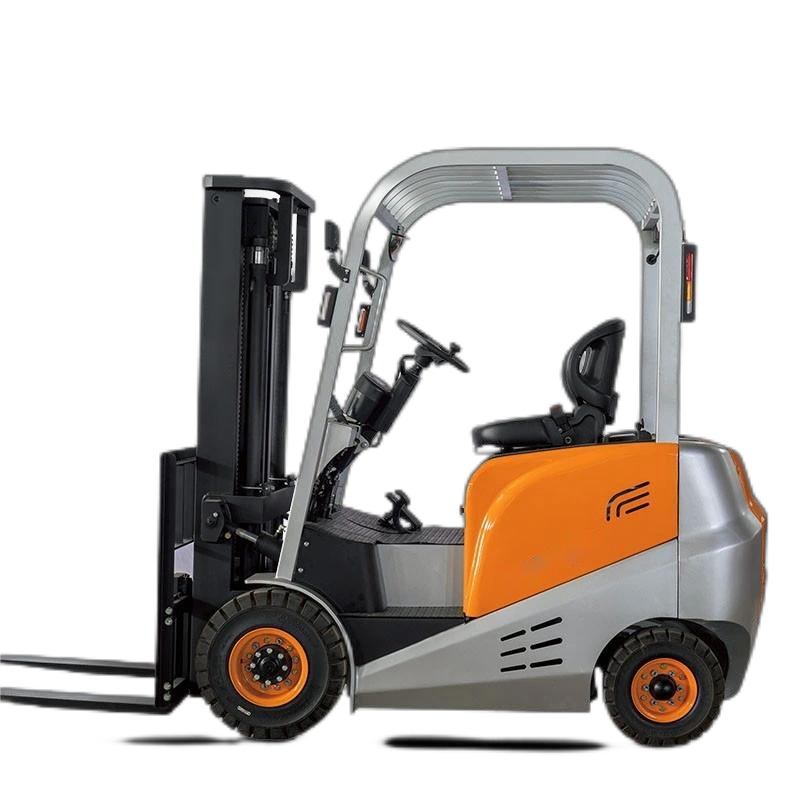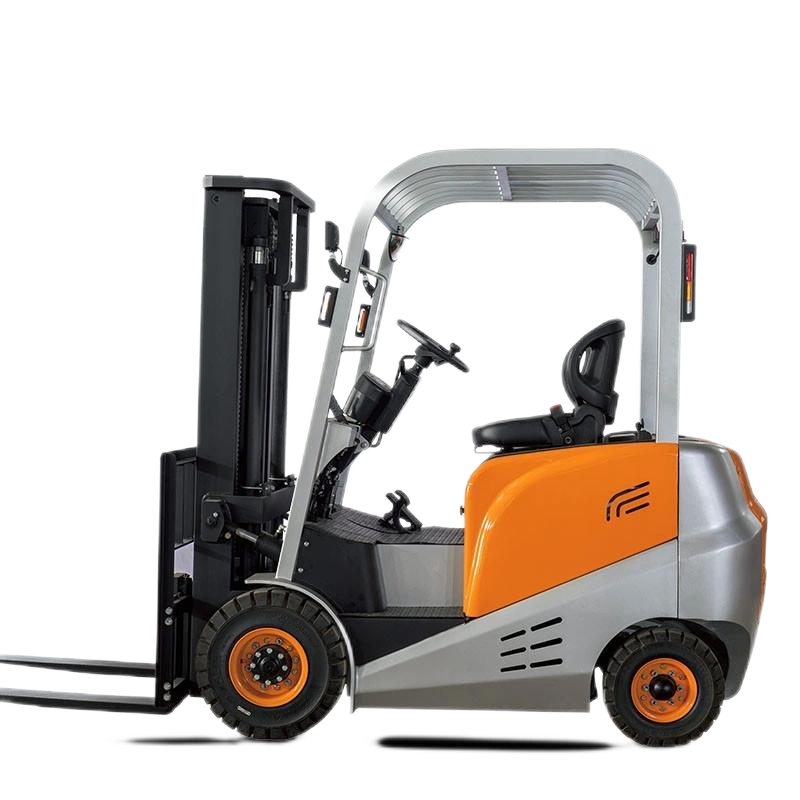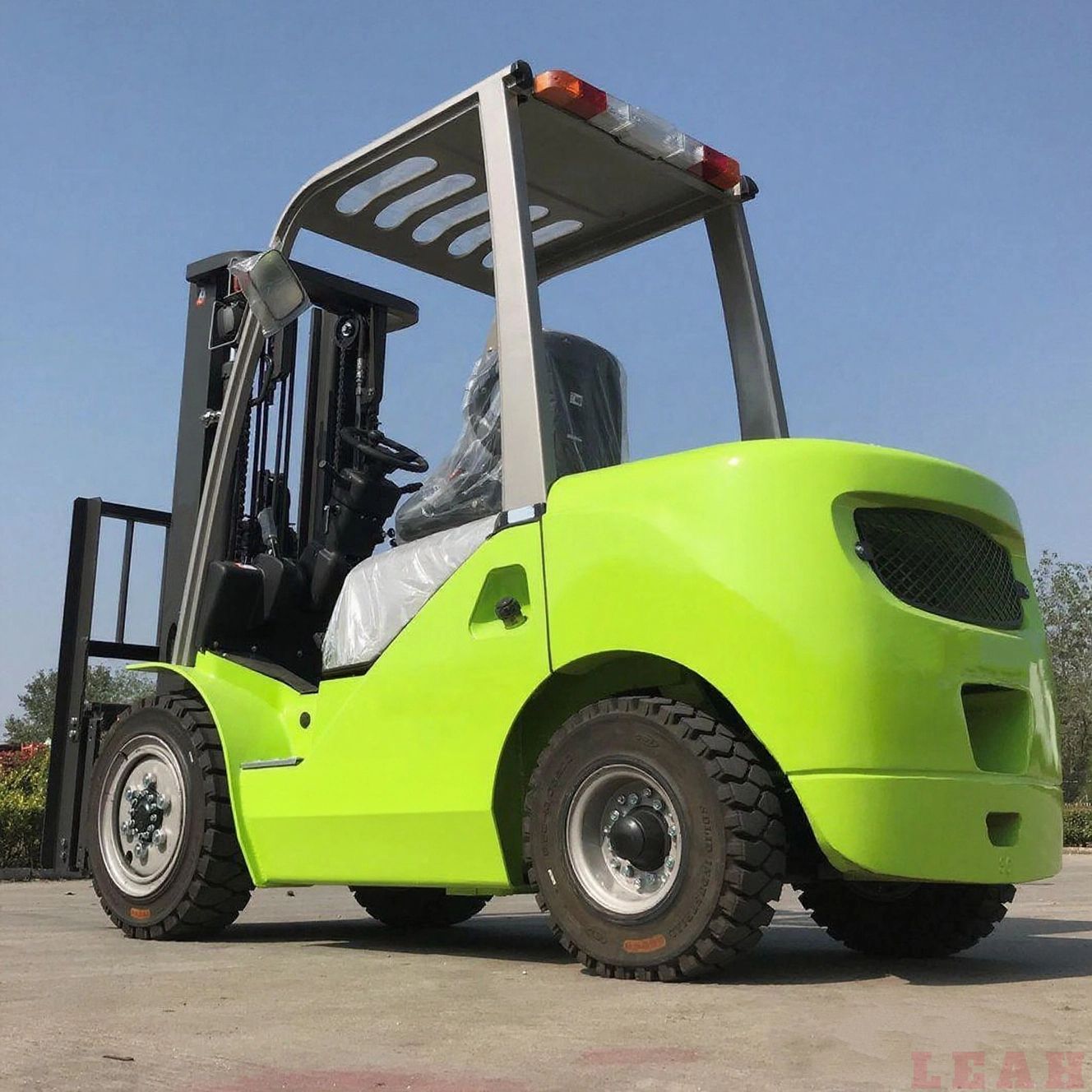Electric Forklift Operating Procedure
Electric forklifts are widely used in warehouses, logistics centers, and manufacturing workshops due to their environmental friendliness and low noise. Strictly following the operating procedure is crucial to ensure operational safety, extend equipment service life, and improve work efficiency. The procedure is divided into three stages: pre-operation inspection, in-operation operation, and post-operation finishing.
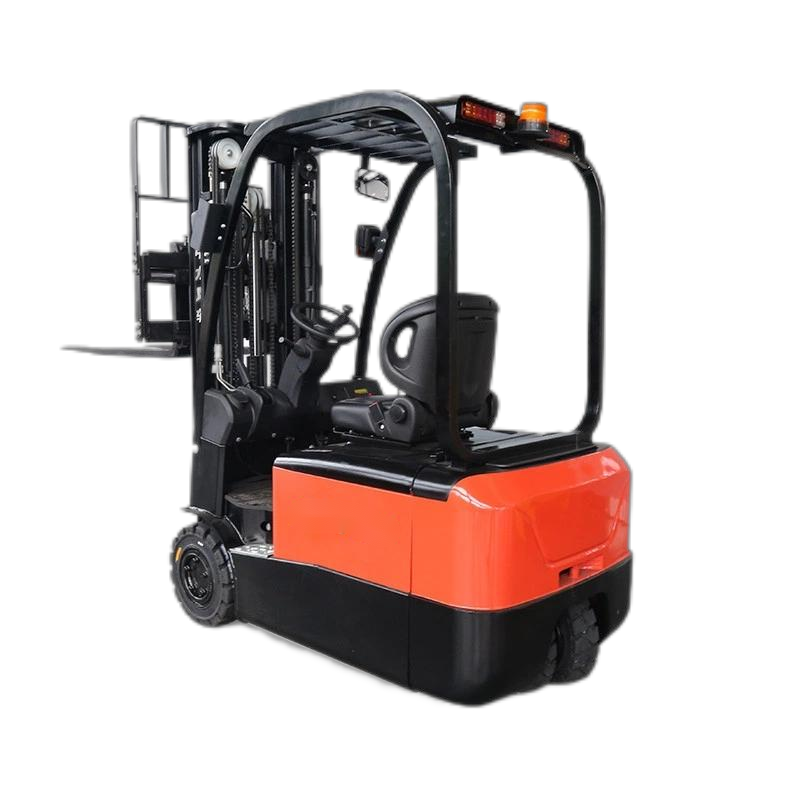
1. Pre-Operation Inspection (Critical for Safety)
Before starting the forklift, conduct a comprehensive inspection to eliminate potential safety hazards. Do not operate the equipment if any fault is found; report and repair it promptly.
| Inspection Item | Inspection Content & Standards |
|---|---|
| Battery System | - Check the battery level: Ensure the power indicator shows sufficient power level (usually above 20% for normal operation; do not use the forklift when power is too low to avoid battery damage). - Check battery connections: Terminals should be tight, free of looseness, corrosion, or oil stains; if there is corrosion, clean it with a wire brush and protective agent. - Check battery case: No cracks, leaks, or deformation; ensure the battery cover is properly sealed. |
| Control System | - Test the ignition/start switch: Turn on the switch; the instrument panel should light up normally, and there should be no abnormal error codes. - Check the emergency stop button: Press it to confirm that the forklift can be shut down immediately (test and reset it before operation). - Test the joystick/handle: Move the lifting, tilting, and traveling joysticks; there should be no jamming, and the action should be smooth. |
| Brake System | - Test the service brake: Start the forklift and drive at a low speed (≤5 km/h); step on the brake pedal to confirm that the forklift stops stably without deviation. - Test the parking brake: Pull up the parking brake lever; the forklift should not slide on a flat ground (test on a slight slope if possible, but ensure safety). |
| Tires & Wheels | - Check tire pressure: Ensure it meets the manufacturer’s specifications (refer to the nameplate on the forklift); no underinflation or overinflation. - Check tire condition: No cracks, bulges, or excessive wear (the tread pattern depth should not be less than the minimum limit specified by the standard). - Check wheel nuts: Tighten any loose nuts to prevent wheels from falling off during operation. |
| Lifting System | - Inspect the fork: No bending, cracking, or severe wear; the fork positioning pin is intact and can fix the fork firmly. - Check the chain: The chain should be properly tensioned (no sagging or excessive tightness), with no rust, deformation, or broken links; lubricate if necessary. - Test lifting/tilting: Lift the fork to the maximum height and tilt it forward/backward; confirm that the action is smooth, and there is no oil leakage from the hydraulic cylinder. |
| Safety Accessories | - Check the horn: Press the horn button; the sound should be loud and clear (to warn pedestrians and other vehicles). - Check lights: Turn on the headlight, taillight, and turn signal; ensure they are bright and functional (critical for low-light environments). - Check the seat belt: Fasten and unfasten the seat belt; ensure it is not frayed, and the buckle locks securely. |
2. In-Operation Operation (Focus on Safety & Efficiency)
During operation, strictly abide by safety rules to avoid collisions, tip-overs, or cargo damage.
2.1 Start-Up & Initial Operation
- Prepare for start-up: Sit on the driver’s seat, fasten the seat belt, adjust the seat position and rearview mirror to ensure a clear view of the surrounding environment.
- Start the forklift: Turn the key to the "ON" position, wait for the instrument panel to self-check (about 3-5 seconds), and confirm no error codes. Then, release the parking brake and slowly push the traveling joystick to start moving (start at low speed to avoid sudden acceleration).
- Test in a safe area: Before carrying cargo, drive the forklift to an empty, flat area to re-test the brakes, lifting, and tilting functions to ensure all systems work normally.
2.2 Cargo Handling (Core Operation)
- Approach the cargo: Drive the forklift to the front of the cargo, keep the fork parallel to the ground, and adjust the fork spacing to match the width of the cargo (ensure the cargo is evenly distributed on both forks).
- Lift the cargo: Slowly lift the fork until the bottom of the cargo is 10-15 cm above the ground (to avoid scraping the ground). Do not lift the cargo too high during travel (except when stacking).
- Tilt the cargo: Tilt the fork slightly backward (about 5-10 degrees) to prevent the cargo from sliding forward during acceleration or braking.
- Move the cargo: Drive at a low speed (indoor speed ≤5 km/h, outdoor ≤10 km/h; reduce speed at corners or narrow passages). Keep a safe distance from pedestrians, walls, and other equipment (at least 1 meter).
- Stack the cargo: When reaching the stacking location, align the fork with the shelf, slowly lift the cargo to a height 5-10 cm above the shelf, adjust the position, then slowly lower the fork and pull it out after the cargo is stable.
2.3 Key Safety Rules During Operation
- No overloading: Strictly follow the forklift’s rated load (marked on the nameplate); do not exceed the load, and do not place extra weight on the fork or driver’s seat.
- Avoid tip-overs: Do not turn at high speed, brake suddenly, or drive on uneven ground (e.g., potholes, slopes >5 degrees) with cargo. If the forklift is about to tip over, hold the steering wheel tightly and do not jump off (jumping may cause injury from being crushed).
- Pedestrian priority: When encountering pedestrians, sound the horn in advance and stop to let pedestrians pass first. Do not drive through crowded areas.
- No unauthorized modifications: Do not modify the forklift’s structure (e.g., extending the fork, increasing the load capacity) without the manufacturer’s approval.
- Handle special cargo carefully: For fragile, liquid, or high cargo, reduce the speed, increase the tilt angle of the fork appropriately, and assign a spotter if necessary.
2.4 Emergency Handling
- Sudden power failure: If the forklift loses power during operation, pull up the parking brake immediately, place warning signs around the forklift, and contact the maintenance personnel to replace the battery or repair it.
- Cargo tilt/slide: Stop the forklift immediately, do not move it, and ask nearby personnel to help stabilize the cargo (use wooden blocks or cushions if necessary) before slowly lowering the fork.
- Fire: If a fire occurs (e.g., battery short-circuit causes smoke), turn off the power immediately, use a dry powder fire extinguisher (do not use water for battery fires), and evacuate to a safe area.
3. Post-Operation Finishing (Protect Equipment)
After completing the work, properly park and maintain the forklift to ensure it is in good condition for the next use.
- Park the forklift:
- Drive the forklift to a designated parking area (flat, well-ventilated, away from fire sources and flammable materials).
- Lower the fork to the ground (the fork should be fully in contact with the ground, not suspended).
- Pull up the parking brake, turn off the ignition switch, and remove the key.
- If parking on a slope (only allowed in emergency), place wheel chocks on both sides of the wheels to prevent sliding.
- Clean the equipment:
- Wipe the forklift body, instrument panel, and fork with a clean cloth to remove dust, oil stains, and cargo residues.
- Clean the battery terminals (if there is dust) to prevent poor contact.
- Record and report:
- Fill in the "Electric Forklift Operation Log" to record the operation time, cargo volume, and any abnormal situations (e.g., abnormal noise, oil leakage).
- If any fault is found (e.g., weak brakes, slow lifting), report it to the supervisor or maintenance department immediately and do not use the forklift until it is repaired.
- Battery maintenance (daily):
- If the battery power is below 20%, connect it to the dedicated charger for charging (follow the charger’s instructions; do not overcharge, which may damage the battery).
- Check the battery electrolyte level (for lead-acid batteries) and add distilled water if necessary (do not add tap water or electrolyte).
Supplementary Notes
- Operator Qualification: Only personnel who have passed professional training and obtained a forklift operation certificate are allowed to operate the electric forklift; no unauthorized operation by untrained personnel.
- Regular Maintenance: The forklift should undergo regular maintenance (weekly, monthly, and annual) as per the manufacturer’s manual, including replacing hydraulic oil, checking the motor, and calibrating the brake system.
- Weather Adaptation: When operating outdoors in rainy or snowy weather, reduce the speed, increase the braking distance, and avoid driving through deep water (water depth should not exceed the minimumo ff the ground height of the forklift to prevent motor short-circuit).
By strictly following this operating procedure, you can maximize the safety and efficiency of electric forklift operations while minimizing equipment failures and accident risks.





